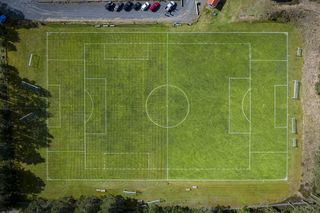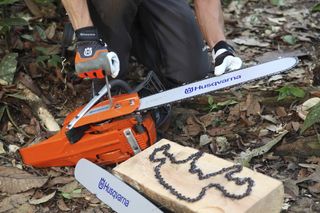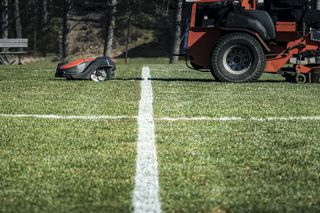Cities can also use the tool to identify vital connectors between these areas to allow for migration of species.
The information and maps provided help cities to understand where new connectors can be formed and through this, focus their efforts on greening where the highest biodiversity values can be achieved.

















